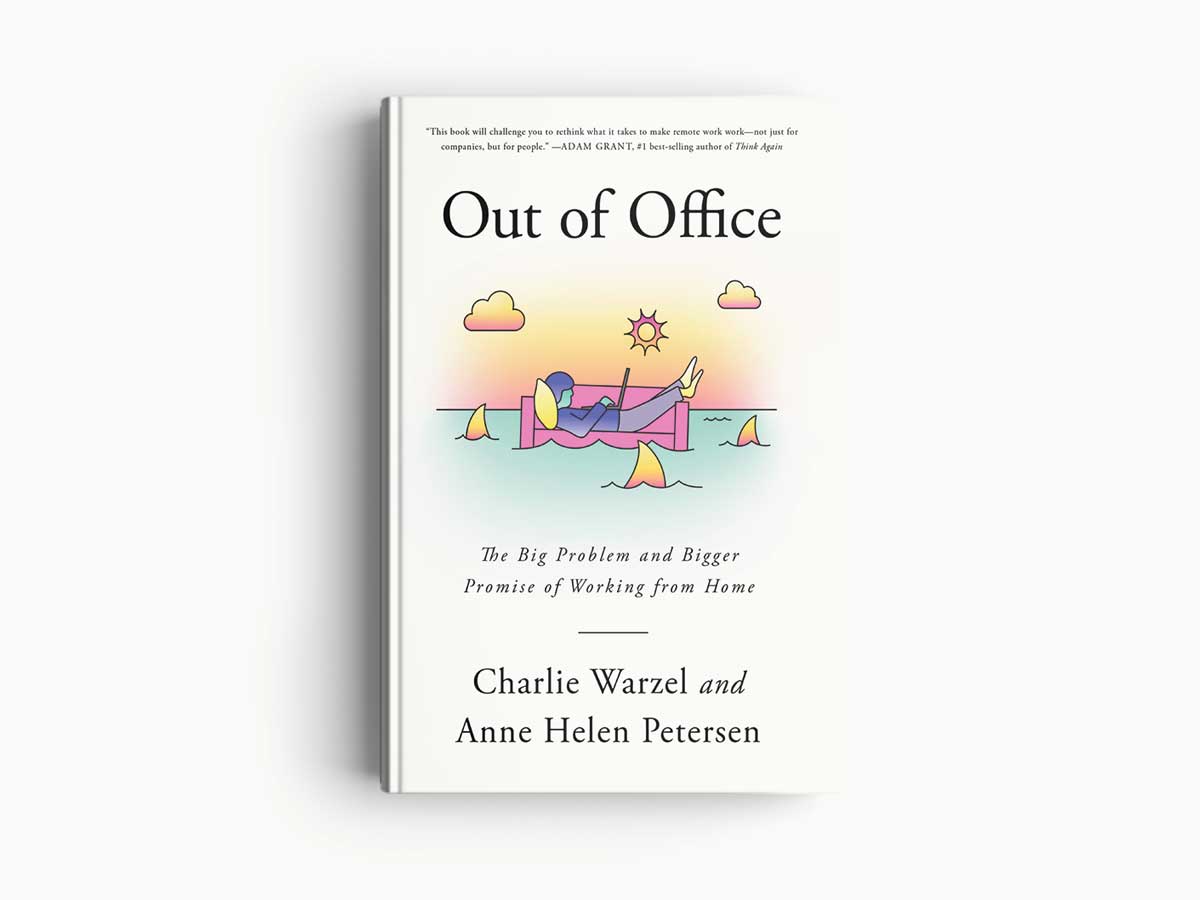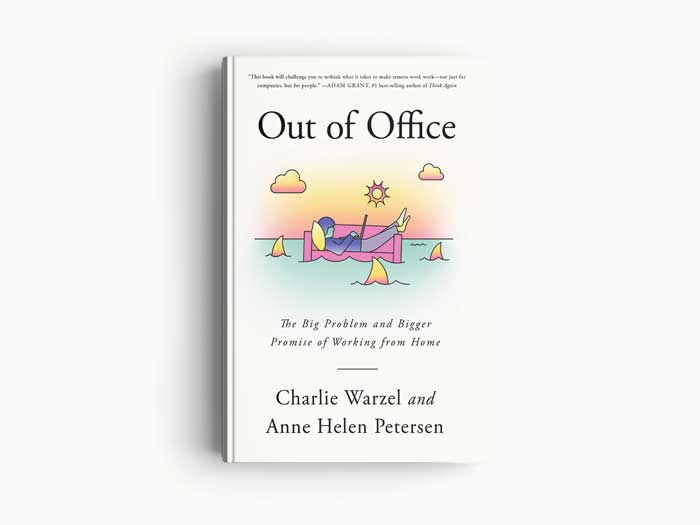
Does the return to office mean a return to status quo?
 The pandemic changed office culture forever and created more free time for employees, Out of Office questions if this will last (Image provided)
The pandemic changed office culture forever and created more free time for employees, Out of Office questions if this will last (Image provided)
If you were—or remain—one of the millions of North Americans working remotely during the pandemic, you may have thought you were working from home. But Charlie Warzel and Anne Helen Petersen, the authors of Out of Office: The Big Problem and Bigger Promise of Working from Home, beg to differ. For them, the experience was much more akin to “living at work,” typing emails while making lunch or managing children’s remote learning.
What the coronavirus has done to the office and office life is what it’s done to many other aspects of modern society: expose the cracks and inequities, and open eyes to other possibilities. For many employees, the already-blurry line between work and home was obliterated by lockdowns and frequently worsened by employers doubling down on micro-management in order to preserve existing hierarchies.
Those employees will not easily return to the office as we knew it, the authors argue.
Warzel and Petersen, husband-and-wife and ex-BuzzFeed News writers who departed New York for Missoula, Montana in 2017—that is to say, pioneer remote workers—have personal experience as well as reams of research to back up their arguments. In particular, Warzel, an extrovert who, in his own phrase, “loves to bullshit with people in the office,” was disoriented by the change. Feeling the loss of the spontaneous conversations that sparked new ideas and fearing his perceived invisibility to his superiors, he threw himself into writing, emailing and otherwise staying in constant connection with an office almost 4,000 km away.
Warzel found himself caught in what he and Petersen call “faux productivity,” the hurly burly of meetings, midnight emails and other aspects of looking productive and available that are incentivized by the modern office—and even more so by the modern remote office.
For decades, American productivity gains have slowed in pace even as American workers added dozens of hours to their work years. Some companies who have embraced four-day workweeks have seen productivity soar. One reason is a ruthless reduction in meetings—80 per cent of which are not productive, according to consulting company MeetingScience.
Microsoft Japan launched its shorter workweek by cutting all meetings to 30 minutes or less and five or fewer attendees, and watched its productivity rise by 40 per cent. That’s the business case for cutting down performative productivity (the type of “showmanship” Warzel felt compelled to enact in order to capture his employers’ attention) and workers at those firms reported deep satisfaction with the results: more job enjoyment, less stress, happier lives.
The authors tuck the well-known faux productivity issue, and the equally recognized (if hard to achieve) fixes, into their chapter titled “Flexibility in the workplace.” In three other chapters—“Culture,” “Technologies” and “Community”—Warzel and Petersen find solutions far more elusive. Office culture, as they define it, lies somewhere between a corporation’s definition of itself (often a Netflix-like anodyne commitment to “integrity, excellence, respect, inclusion and collaboration”) and how its workers experience life within it.
A company usually portrays itself as a family and, overtly or subtly, demands primary allegiance from workers who have actual families. And, once in place, office culture is notoriously hard to change. Except, just possibly, by something as “paradigm-shifting” as a global pandemic.
Likewise, office technologies that have always been touted as “liberating” have not resulted in reduced working hours for over a century. Instead, Warzel and Petersen write, they have simply opened space for more work. The pandemic has opened workers’ minds to new possibilities, but also to the danger (as perceived by employers) that, perhaps, we will seize the moment to actually take the time that has been freed up by efficient tools and use it for our own personal betterment. Or, maybe, as the authors argue, we’ll squander the chance, just as we’ve done time after time since the First World War.
The so-called hybrid office that many expect to see in the wake of the pandemic could tilt either way. One possibility is the emergence of a shadow hierarchy: ambitious workers reaping benefits from showing up in-person while “remote employees, motivated by the anxiety of not seeming productive, will live in fear of managers and compensate with overwork.” The inevitable result, the authors fear, is a lost opportunity and return to the old ways.
But, if workers do seize the moment, gaining for themselves the benefits of genuine flexibility, a less toxic work culture and new technologies, they will be freer to turn to their relationships, hobbies and communities in search of the meaning once lavished on work. The authors may be short on practical solutions but they are very good diagnosticians and Out of Office nicely captures the distemper of our (office) times. There’s a world beyond work out there, write Warzel and Petersen, and it could use our attention.
ADD TO YOUR LIBRARY
Read about the rise and fall of WeWork, auto-executive Carlos Ghosn’s dramatic downfall and the psychology of crowds.